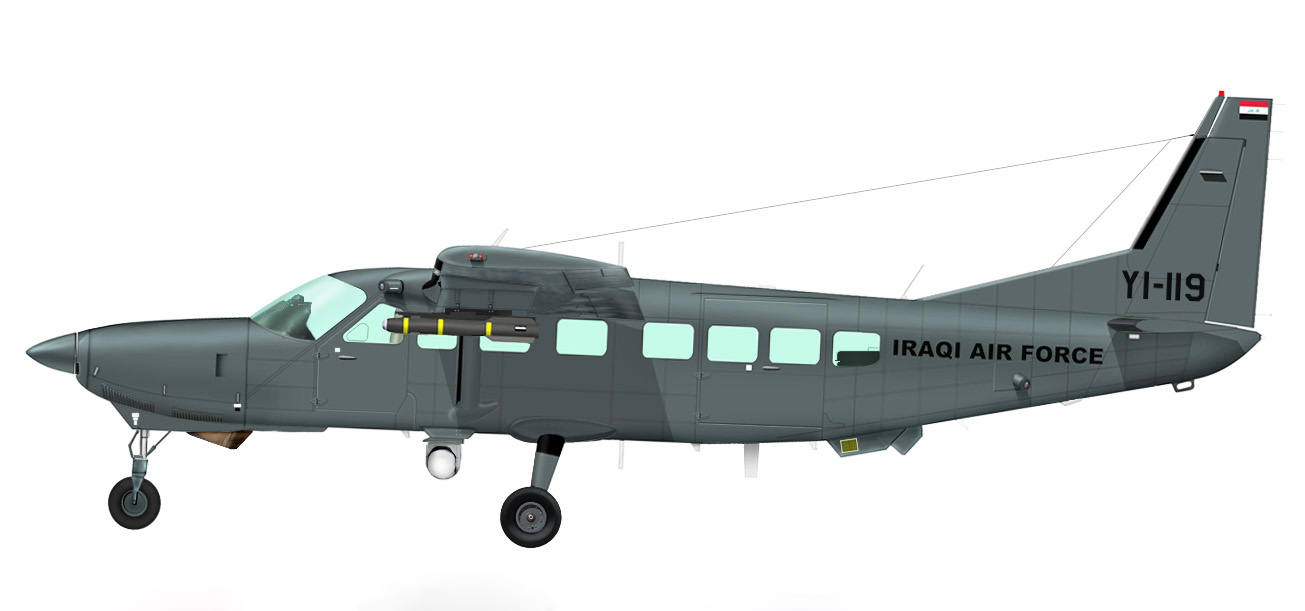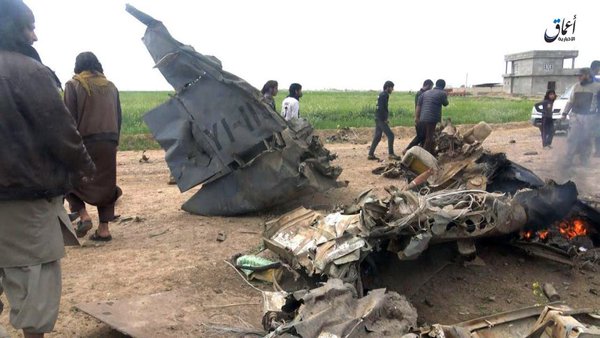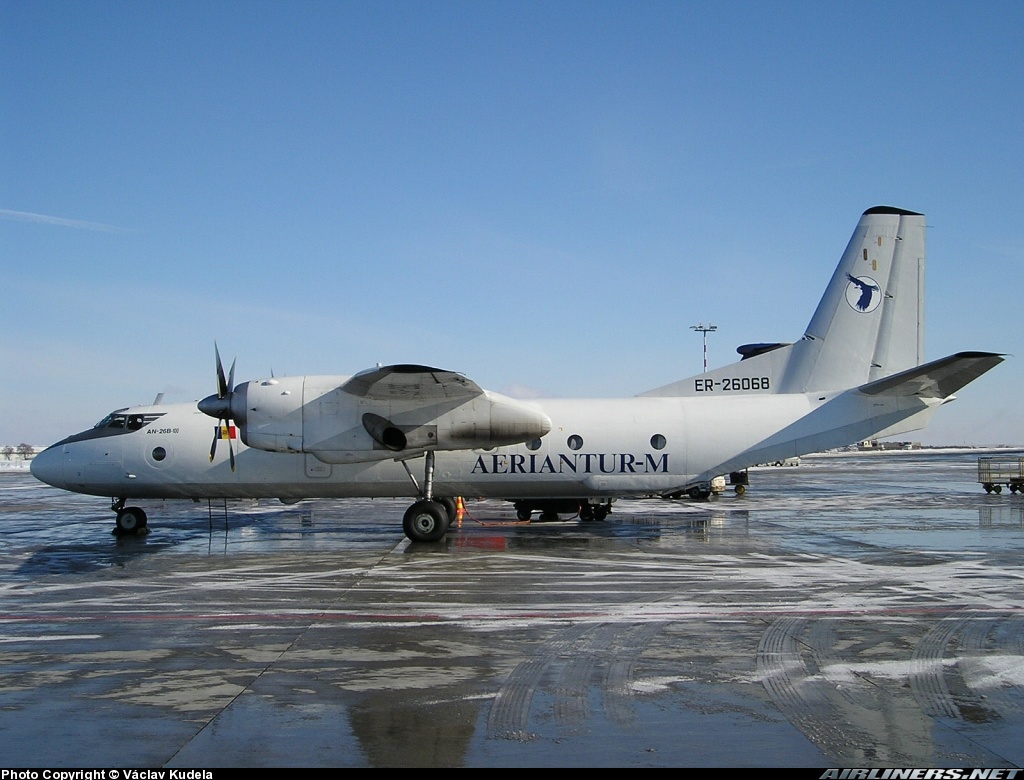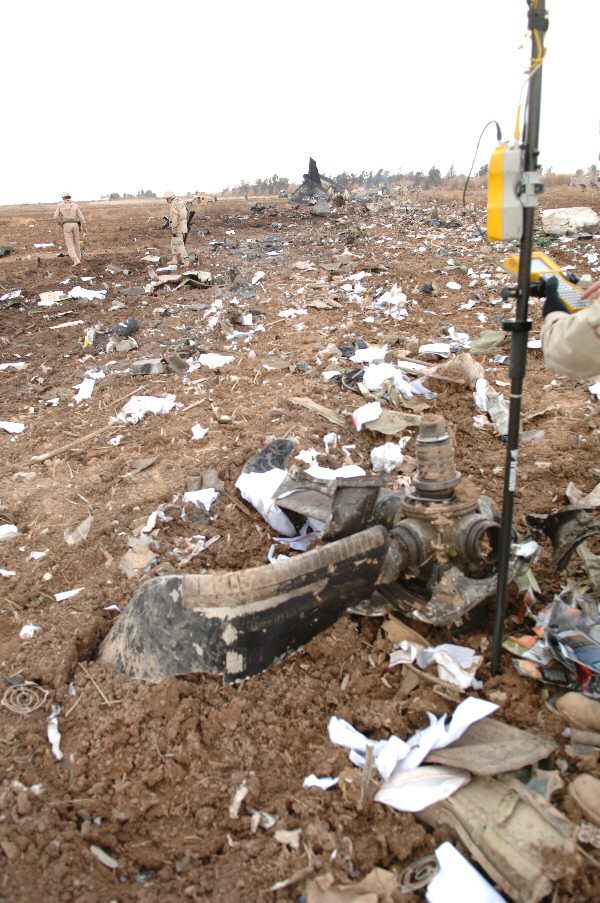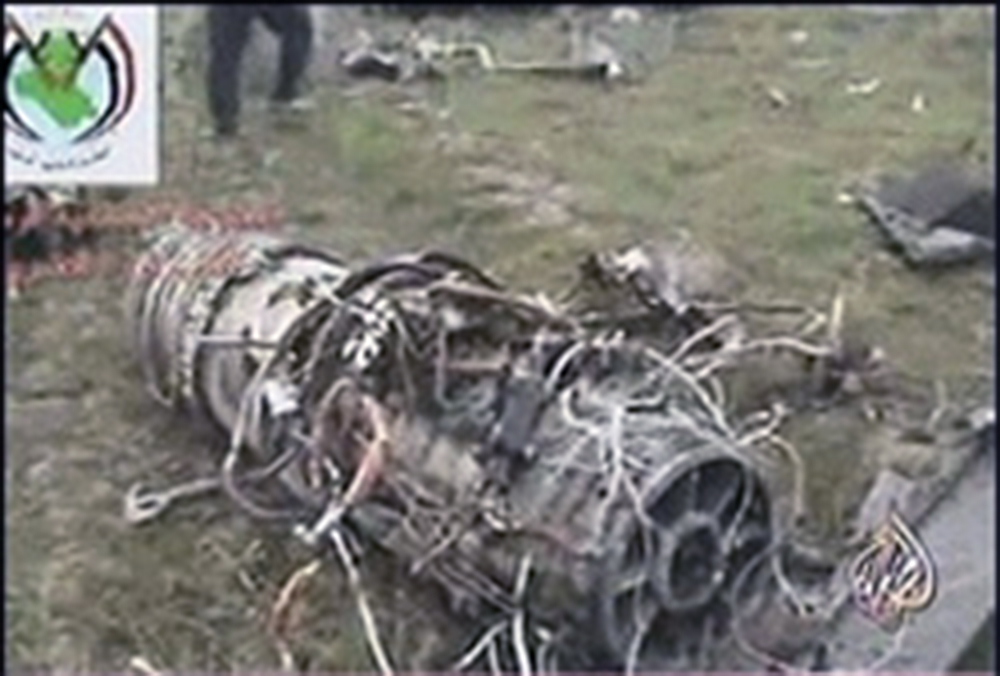Crash of a Cessna AC-208B Combat Caravan near Balad: 2 killed
Date & Time:
Oct 31, 2020
Registration:
YI-118
Survivors:
No
Schedule:
Balad - Balad
MSN:
208B-2016
YOM:
2008
Crew on board:
2
Crew fatalities:
Pax on board:
0
Pax fatalities:
Other fatalities:
Total fatalities:
2
Circumstances:
The single engine airplane crashed in unknown circumstances near Balad Airport while completing a local mission. The aircraft was destroyed by a post crash fire and both pilots were killed.


